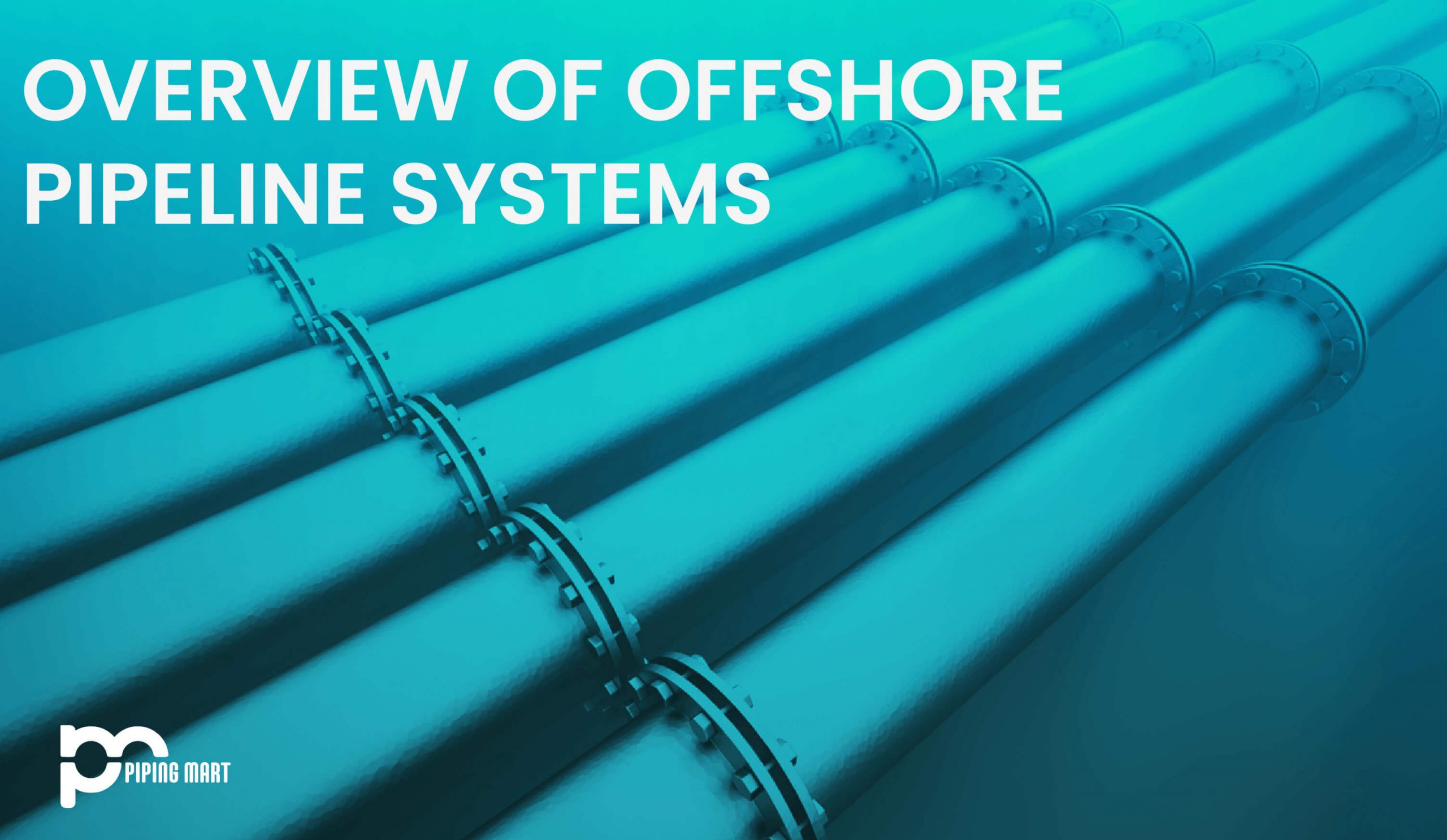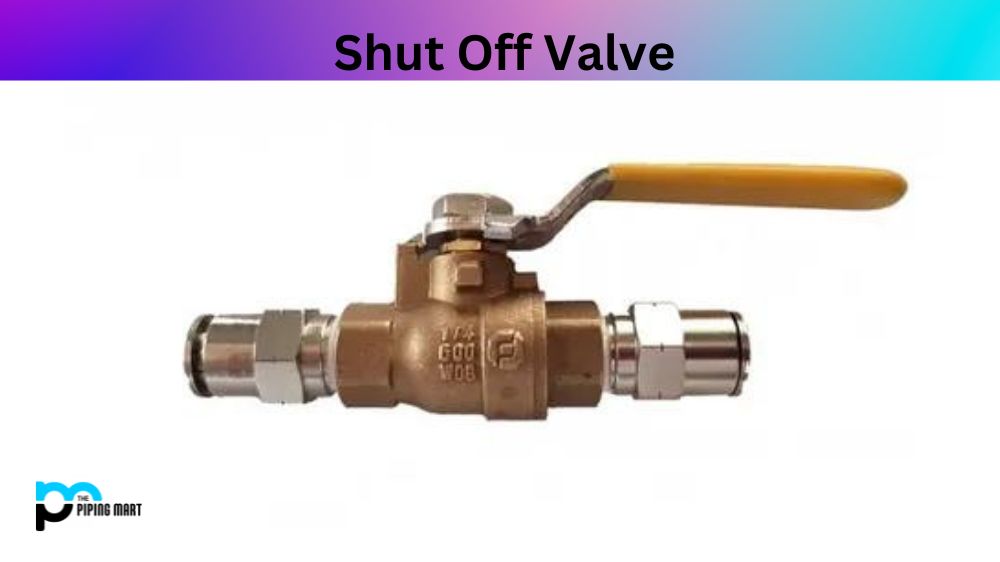Offshore pipelines are the main component of offshore oil and gas outlines. These pipelines convey oil and gas from subsea wells to the platform and from the seaboard platform for further process and shipping.
The massive offshore pipeline system is used to convey gas or oil from one nation to another.
Three sections of the Offshore Pipeline system
-
Infield Pipelines:
In this category, pipelines carry or convey liquors within the field. These pipelines are also known as flowlines or feeder lines. Infield Pipelines conveys a mixture of water, oil, and gas from the subsea wells to the process platform.
-
Export Pipelines:
In this category, the transportation is done from the platform to the coast of operated oil or gas. The pipeline which carries only oil or only gas then it is called a single-phase pipeline. The pipeline carries a mixture of oil and gas; then, it is called a multi-phase pipeline.
-
Transmission pipelines:
In this category, the pipeline carries oil or gas from one seashore to another.
Use of Offshore Pipelines system
Offshore pipelines are suitable to use for the transportation of liquids, solids, and gases. In the Liquids category, these Pipelines are suitable to convey Petrochemical Products, Chemicals, Crude Oil, Petroleum Products, Water, and LPG. In solid, these pipelines can transport Ores, Coal, Tailings and suitable to carry natural gas and many other gases.
Features of Offshore Pipeline system
Pipelines are used for conveying oil and gas. These pipelines are safer, environment friendly, require the least energy, need the lowest maintenance costs, and offer minimal impact on land use pattern. It ensures negligible loss of product in transit and has high reliability.
Types of Offshore Pipeline system
1. Steel pipelines
These Pipelines are available in different grades from X52 to X70. All pipes are accessible in diameters ranges from 2” to 48” and wall thickness up to 42 mm. This type of pipe is suitable to carry liquids or gases that are aggressive to steel.
2. Duplex pipelines
This unique type of pipeline offers excellent resistance against aggressive liquids and gases. But these pipes are costly to fabricate as well as to weld.
3. Cladded pipeline with stainless steel
Steel pipelines come with excellent coating, which is affordable than Duplex types of the pipeline. Fabrication and welding are expensive processes for this type of pipeline.
Materials for Offshore Pipeline system
Offshore pipeline systems are available in many beneficial materials, which are making them perfect for an extended period of time.
-
Seamless (SMLS) Pipes
Seamless pipes are available in many dimensions to fulfill the needs of the offshore industry. These pipes don’t have weld, and hence it doesn’t have additional longitudinal weld hardness. This type of Pipes has high flexibility, and many of the grades of seamless pipes are suitable for low temperatures liquids or gases.
-
High-Frequency Welded (HFW) Pipes
High frequency welded type of pipes has a diameter from 2” to 24” and available in wall thickness up to 22mm. This type of pipe has pressure welding, which is done both conductive or inductive type. These pipes are accurate in dimension, length, and wall thickness
-
Submerged Arc Welded (SAW) Pipes
Submerged arc welded pipes are available in different diameters ranging from 16” to 64”. These weld pipes are manufactured from flat plates by bending them to form a circular section. These pipes are available in many grades and materials, has excellent corrosion resistance property, and has many other benefits which make it perfect for offshore pipeline system.

Pipingmart is B2B portal specializes in industrial, metal and piping products. Also, share latest information and news related to products, materials and different types grades to help business dealing in this industry.




